Teton Romaine Lettuce Seeds
$2.20
Genus Lactuca
Species sativa
Variety Teton Romaine
Item Form (P) Pkt of 100 seeds
Days to Maturity 45
Fruit Color Green
Seeds Per Pack 100
Additional Characteristics Edible
Light Requirements Full Sun, Part Shade
Moisture Requirements Moist, well-drained
Resistance Downy Mildew
Soil Tolerance Normal, loamy
Uses Cuisine
Considered a superfood
Days to Maturity: 80
Teton, a new romaine lettuce (also known as cos lettuce), is a leafy vegetable with large, elongated heads that have good potential for dense hearts. The crisp, crunchy, dark green leaves have straight ribs and a mild, slightly sharp flavor. Although romaine is a popular salad ingredient and lettuce wrap, it can also be grilled. Romaine lettuce is considered a superfood for its nutrient rich content, having a high (top 20) Aggregate Nutrient Density Index score (ANDI), or micronutrient-per-calorie density. Romaine is an excellent source of vitamin K, an essential nutrient for bone health, blood clotting, and wound healing. It has levels of folate and vitamin A similar to spinach and is rich in antioxidants.
An herbaceous annual, Teton is a member of the aster (Asteraceae) family. Teton is a tough and fast-growing plant with an upright habit. Versatile and super easy to grow, romaine lettuce prefers a sunny to partly shady location with fertile, organically rich, moist, well-draining sandy loam soil or compost, having a slightly acidic pH of 6.0 to 6.7. Loose, well-tilled soil and consistent water are important for the best germination. Teton has high resistance to downy mildew Bl-EU:21, 24; strong tolerance to lettuce necrotic stunt virus LNSV; and moderate bolt resistance.
A cool-season, semi-hardy vegetable, one of the first to be planted in the garden, lettuce seed can be direct sown as soon as the soil is workable in early spring, about 2 weeks before the last frost date. For fall harvest, sow seeds about 8 weeks before the frost date. Plants can also be started indoors 6 to 8 weeks before transplanting, spring and fall. Lettuce needs cold temperatures to germinate and grow and can withstand light frost and temperatures in the 28 to 32°F range and becomes even sweeter with a light frost. It grows best in temperatures between 45 and 70°F. Temperatures above 70°F and dry soil can trigger bolting; however, if plants do bolt and go to seed, the flowers are very attractive to pollinators. Succession planting every 2 to 3 weeks is recommended for continual harvest.
If you plan to start your seeds indoors, be sure to check out our Bio Dome Seed Starter Kit. With the Bio Dome, you can control the temperature, light, and soil mix to ensure your seeds become strong for transplant.
Be the first to review “Teton Romaine Lettuce Seeds” Cancel reply
Shipping is an additional 15-29 business days depending on location. Shipping time will be provided at checkout.
Returns
If seeds fail to leave China, we will refund your payment 100%. But if seeds fail to reach you due to customs problem on your side which we were not informed in advance, we will not be able to bear any loss, and no refund will be made.
We sell only viable plants seeds online, and test germination of our seeds from time to time. So we will not be able to refund for seeds that clients fail to germinate, unless we are convinced that it's truly problem of our seeds.
———
Please send us an email: [email protected] and be as detailed as possible while filling in the information.
After submission, We will reply to you within 24 hours. Please be patient.
———
CHARGEBACKS & DISPUTES
Please contact us by email before opening a merchant chargeback or payment dispute, as we can generally resolve the issue before that takes place. Any chargebacks and disputes disable our ability to issue refunds or credits due to funds being frozen.
———
REFUND, EXCHANGE AND RETURN
Customers have the right to request a refund/ return/ exchange within 14 days from the delivery date. Our Customer Service team will offer the best solutions for specific situations.
Related products
Lettuce
Lettuce
Lettuce
Lettuce
Lettuce
New Vegetables
Lettuce
Lettuce



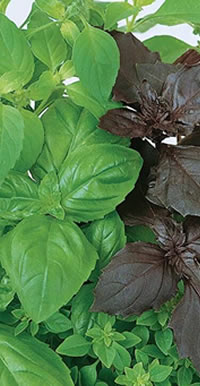
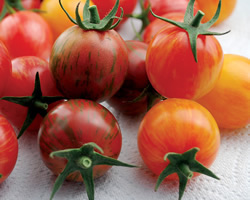
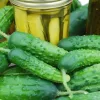
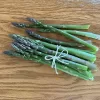
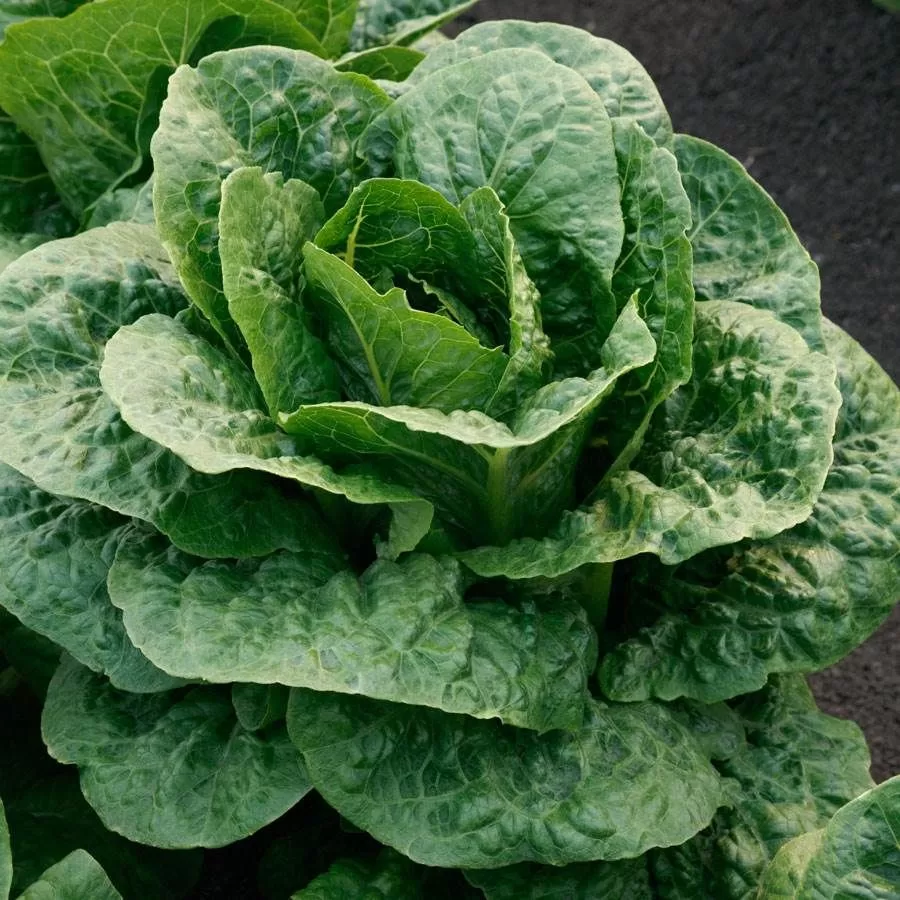
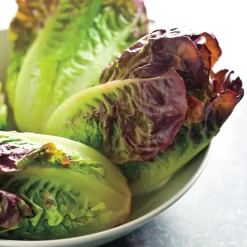
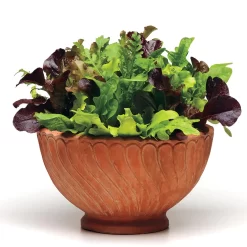
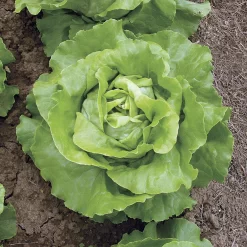
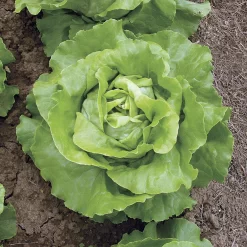
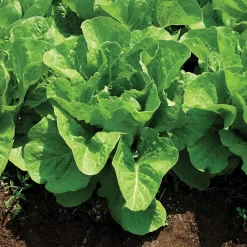
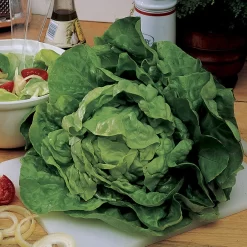
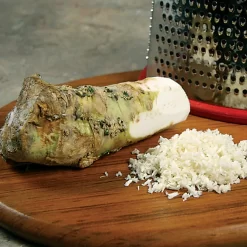
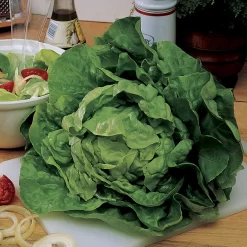
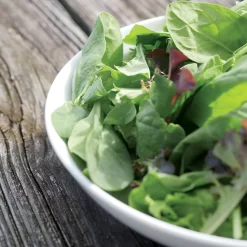
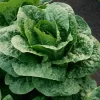
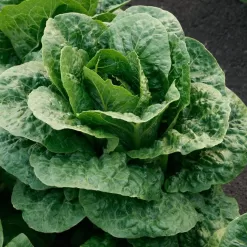
Reviews
There are no reviews yet.